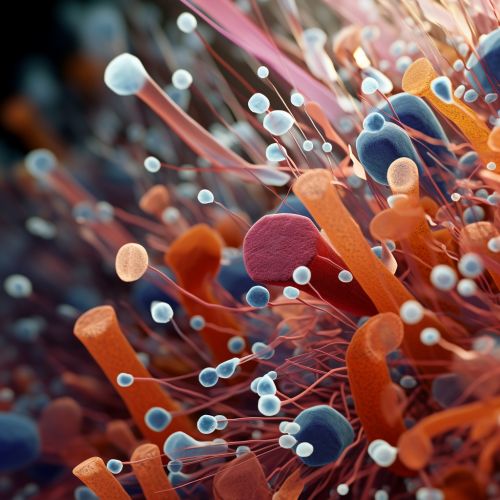The Chemistry of Atmospheric Nitrogen Fixation
Introduction
Atmospheric nitrogen fixation is a vital process in the Earth's nitrogen cycle. Nitrogen, a key element for life, is the most abundant gas in the Earth's atmosphere, making up approximately 78% of the air we breathe. However, most organisms cannot directly utilize atmospheric nitrogen (N2) due to its strong triple bond. Nitrogen fixation is the process by which atmospheric nitrogen is converted into a form that can be used by living organisms, primarily into ammonia (NH3) and other nitrogenous compounds.


Biological Nitrogen Fixation
Biological nitrogen fixation (BNF) is the primary method of nitrogen fixation, carried out by certain bacteria known as nitrogen-fixing bacteria. These bacteria possess a unique enzyme, nitrogenase, which is capable of breaking the strong triple bond of atmospheric nitrogen, converting it into ammonia. This process is energy-intensive, requiring ATP and a strong reducing agent, typically ferredoxin.
BNF occurs in a variety of environments, including soils, freshwater, and marine environments. In soils, the most well-known nitrogen-fixing bacteria are those that form symbiotic relationships with leguminous plants, such as peas, beans, and clover. These bacteria, belonging to the genera Rhizobium and Bradyrhizobium, inhabit nodules on the roots of these plants, where they fix nitrogen in exchange for carbohydrates from the plant.
In aquatic environments, nitrogen fixation is carried out by cyanobacteria, both free-living and symbiotic. Some species of cyanobacteria, such as Anabaena and Nostoc, form symbiotic relationships with water ferns and lichens, respectively. Free-living cyanobacteria, such as Trichodesmium, are important contributors to nitrogen fixation in the open ocean.
Industrial Nitrogen Fixation
Industrial nitrogen fixation, also known as the Haber-Bosch process, is a method of producing ammonia from atmospheric nitrogen and hydrogen. This process, developed in the early 20th century, revolutionized agriculture by providing a source of nitrogen for fertilizers. The Haber-Bosch process is energy-intensive, requiring high temperatures and pressures, and is currently responsible for the production of over 100 million tons of nitrogen fertilizer annually.
Atmospheric Nitrogen Fixation by Lightning
Lightning is another natural process that contributes to atmospheric nitrogen fixation. The high temperatures and pressures generated by lightning can break the triple bond of atmospheric nitrogen, leading to the formation of nitrogen oxides. These nitrogen oxides can then be converted into nitric acid by rain, which is then deposited in the soil and can be used by plants.
Environmental Impact of Nitrogen Fixation
While nitrogen fixation is essential for life, human activities have significantly increased the rate of nitrogen fixation, leading to a range of environmental problems. The widespread use of nitrogen fertilizers has led to the eutrophication of water bodies, leading to algal blooms and dead zones. Additionally, the production of nitrogen fertilizers via the Haber-Bosch process is a significant source of greenhouse gas emissions.
At the same time, nitrogen fixation is a crucial process in sustainable agriculture, as it reduces the need for synthetic nitrogen fertilizers. Understanding the chemistry of nitrogen fixation can help in the development of more efficient and sustainable methods of nitrogen fixation.
